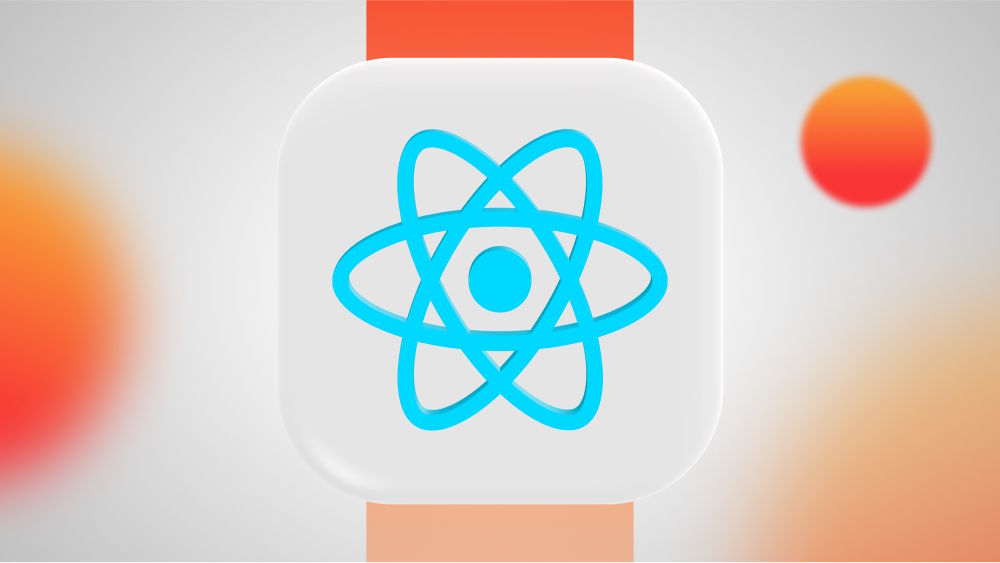
Legacy Web Development Frameworks That Drive Modern Web Applications
This roundup explores the best web development frameworks that used to dominate the industry of their time, setting the foundation for the modern tech stacks of today. Many of them continue to echo through the tools developers use today with their enduring value.

Content Map
More chaptersIt is apparent that modern web development is no joke. It has transformed dramatically since the early days of the internet until now, when digital presence is no longer a luxury but a necessity in the business realm. Websites and now web apps have become the lifeblood of modern companies, playing a vital role in building brand image, boosting customer awareness, and driving leads. From startups to young companies or even enterprises, all perceive that building modern web applications that align with their business goals and vision is a crucial part of their growth strategies.
The whole development process of a full-fledged web-based product demands not only a thoughtful blend of planning and technical expertise or skilled professionals but also the right use of web development tech stacks. The success or failure of web development projects largely hinges on the selection of programming languages, tools, and frameworks.
Among these elements, frameworks are critical as they lay the solid foundation of how developers structure, build, and maintain web apps. While the spotlight often shines upon modern frameworks and the latest technologies, some “classic ones” remain the backbone behind many enduring websites and platforms across industries by virtue of their design, popularity, and influence.
In this curated list, we will walk you through the most influential classic web development frameworks that shaped the foundation of modern development, and they still matter until today. These are favored for not just history context but for lasting utility and practical application in today’s multifaceted development.
Key Takeaways:
A classic framework is a time-tested tool that introduced foundational principles and has a long-standing influence on modern web development. Legacy does not mean obsolete. They used to be the best web development frameworks of their time. Many of them still remain relevant for maintaining existing systems, understanding architectural best practices, and bridging the gap between past innovations and future solutions.
- Classic front-end frameworks:
- AngularJS
- jQuery
- Backbone.js
- Ember.js
- Classic back-end frameworks:
- Ruby on Rails
- Django
- ASP.NET MVC
- PHP frameworks: CodeIgniter, Laravel, and Symfony.
What Is a Web Development Framework?
It is a pre-built pack that provides developers with reusable web components, third-party libraries, application templates, and pre-configured tools. Utilizing a flexible framework helps simplify the creation of web pages, web apps, and web application programming interfaces (Web APIs). It saves time, enforces good practices, facilitates rapid development, and allows developers to focus on what makes their project unique (Such as business logic and product design), rather than reinventing the wheel for every new build.

Instead of writing boilerplate code from scratch, developers leverage the available component-based architecture to build scalable and maintainable applications with less effort. Also, they can customize and extend the built-in features to suit specific project needs while maintaining efficiency and code consistency.
In addition to boosting developer productivity, many web development frameworks come with built-in security features, error handling, and performance optimizations. This enables the delivery of robust, reliable, and secure websites.
What Defines a “Classic” Web Development Framework?
But what exactly makes a framework “classic”? It is not merely a matter of age, but the enduring impact on how the digital world is built and maintained. So-called classic or legacy frameworks are foundational technologies that have demonstrated lasting value in web development. Here are the key characteristics of such a framework:

Historical Significance
A classic framework is often recognized for being the first to introduce important concepts and solutions to widespread challenges that early web developers faced. These frameworks frequently brought forward architectural patterns and development philosophies that shaped the trajectory of web technology.
For example, the adoption of the Model-View-Controller (MVC) paradigm, RESTful routing, and component-based structures can often be traced back to classic frameworks. Their innovations not only addressed immediate technical hurdles but also laid the groundwork for future advancements in web application design and development.
Widespread Adoption
What truly cements a framework’s status is its broad acceptance and use across the industry. One’s reputation is reflected by its large and active community that forms rich ecosystems of plugins and extensions and provides a wealth of educational resources.
Compared to other web development frameworks, Ruby on Rails, Django, and ASP.NET still maintain strong loyalty and broad industry preference due to their scalability and regular updates as well as for their features, such as rapid development, reduced boilerplate, and robust architectures.
For example, Ruby on Rails remains highly regarded in 2025, with over 430,000 live websites globally and continuous improvements like the recent 8.0.2 release enhancing performance and developer productivity. Django powers more than 85,000 active websites, enjoys strong preference among 74% of Python web developers, and is favored for projects requiring security and scalability.
Far-Reaching Influence
The legacy of a classic framework is often measured by its influence on subsequent technologies. Even as the web landscape evolves and newer frameworks have emerged, the core ideas and conventions championed by classic frameworks continue to shape best practices. Coding patterns, architectural principles, and even the user experience expectations of modern frameworks often have their roots in these classics. The lessons learned from using mature web frameworks remain highly relevant today, guiding developers in making sound decisions and writing clean, maintainable code.
Sustained Relevance Over Time
Despite the emergence of modern alternatives, classic frameworks have not faded into obscurity. Many remain actively maintained and are integral to the ongoing operation of legacy systems in businesses worldwide. Organizations often choose to support, extend, or gradually migrate these systems rather than rewrite them entirely, making expertise in classic frameworks a valuable asset. For software developers, familiarity with these tools enables them to bridge the gap between old and new technologies. This ensures smooth transitions and the continued reliability of mission-critical applications.
Popular Web Development Frameworks: The “Old Guards” That Still Matter
Even though these web application development frameworks are no longer considered the most cutting-edge options, they have stood the test of time due to their proven utility, mature ecosystems, and continued relevance in real-world applications. More importantly, these “veterans” laid the architectural and conceptual foundation for today’s modern web development practices.
From maintaining legacy systems and powering internal enterprise platforms to serving as educational foundations and rapid prototyping tools, the influence of the classic frameworks is still felt in modern technologies. Understanding the foundational role of the veteran frameworks and grasping their principles is necessary to bridge the gap between past innovations and future-ready solutions.
Now, let’s dive into the ones that paved the way and influenced how we build modern web applications.
Classic Front-End Development Frameworks
Front-end (or client-side) frameworks provide tools used to build responsive and interactive user interfaces for websites and web applications. Such frameworks assist web builders in the development process by providing standardized ways to structure components, manage application state, handle client-side routing, and implement consistent UI behavior across browsers. Rather than reinventing the wheel, developers can leverage these frameworks to build scalable and maintainable front-end codebases more efficiently.
AngularJS
AngularJS, the original version of Angular, is one of the best tools for creating dynamic web pages of its time (from 2010 to 2016). It revolutionized the way developers built dynamic web applications by introducing concepts like two-way data binding, dependency injection, and client-side MVC (Model–View–Controller) architecture. With AngularJS, developers could build rich single-page applications (SPAs) where the UI logic, data handling, and business logic were separated into manageable components. This was a major leap forward in front-end engineering.
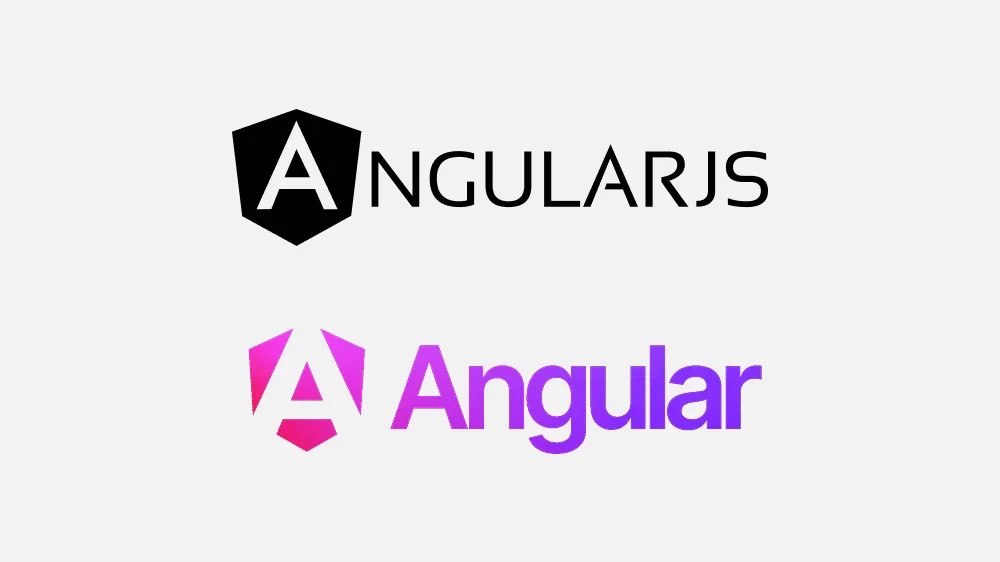
Although AngularJS did not strictly follow traditional MVC or MVVM patterns, it inspired a modular architecture approach that continues to influence modern frameworks such as React (with state managers like Redux) and Vue.js, even if they implement these concepts differently.
As a classic front-end framework, AngularJS played a pioneering role in shaping the evolution of client-side JavaScript development. While official support from Google ended in 2021, its legacy lives on through its modern successor: Angular.
Angular (commonly referred to as Angular 2 and above) is a complete rewrite of AngularJS and is considered a modern web application framework. Released in 2016 and written in TypeScript, Angular embraces a component-based architecture, reactive programming with RxJS, and advanced features such as form validation, routing, lazy loading, and dependency injection. Angular is particularly well-suited for building dynamic single-page applications (SPAs), enterprise-level applications, content management systems (CMSs), and other complex web applications. Notable adopters of Angular include Upwork, PayPal, and Lego.
jQuery
Before single-page applications and component-based architectures became the standard, jQuery was the tool that empowered developers to create truly interactive websites. Even though jQuery is a JavaScript library, not a full framework, it was historically treated as one due to its widespread impact and dominance in building user interfaces for web applications.
When jQuery hit the web development scene in 2006, it revolutionized client-side scripting by drastically simplifying tasks like DOM manipulation, event handling, and AJAX calls. For developers in the mid-to-late 2000s, jQuery was nothing short of a breakthrough as it democratized JavaScript development and made dynamic, user-friendly interfaces accessible to the masses. Its simplicity was its superpower.
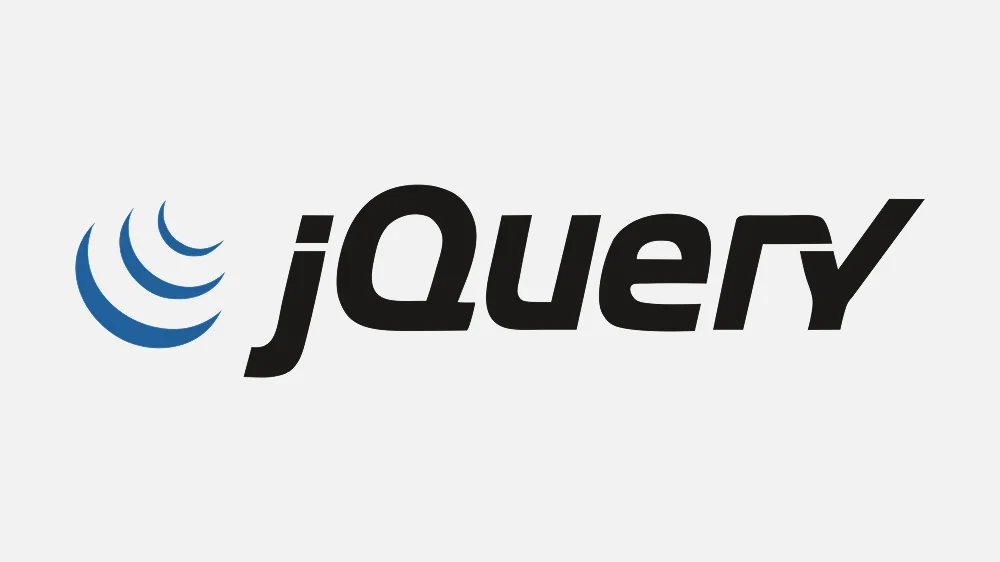
At a time when cross-browser compatibility was a nightmare, jQuery offered a unified, consistent API that worked reliably across all major browsers. Developers could write less code to achieve more, and its vast plugin ecosystem made it easy to add features like sliders, modals, and form validators with minimal effort.
While jQuery’s popularity has faded in favor of modern options like React, Vue, and Angular, it still holds relevance. jQuery is lightweight, easy to integrate, and ideal for quick enhancements or web projects that don’t require the overhead of a full framework. Besides, many of the features we now take for granted, such as event delegation, chaining, and smooth animations, were normalized by jQuery. Therefore, jQuery remains a timeless classic in the web developer’s toolkit. This framework is still widely used in legacy projects, WordPress plugins, and small-scale websites.
Backbone.js
Back in 2010, Backbone.js was officially released, and it became a go-to tool during that time when developers were struggling to manage complex, interactive frontends with jQuery alone. During its peak, Backbone.js was adopted by large-scale applications such as Trello, LinkedIn Mobile, and Pinterest.
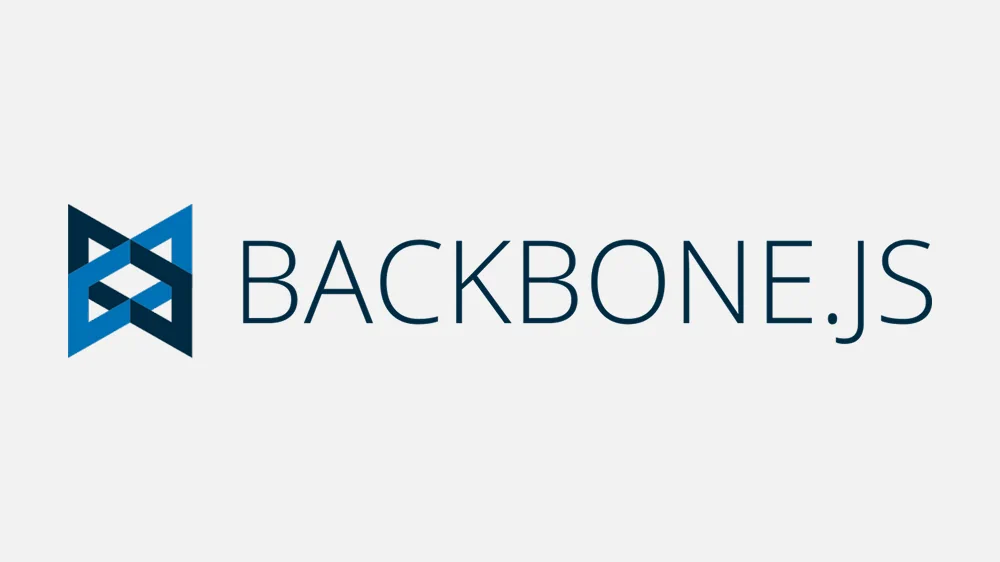
Backbone.js is a lightweight JavaScript framework that brought structure and architecture to front-end development without heavy abstraction. It followed the Model–View–Presenter (MVP) design pattern and introduced key concepts like Models, Views, Collections, and Routers, enabling developers to build single-page applications (SPAs) with more organized and maintainable code. Also, it supported RESTful syncing, making it easy to connect front-end interfaces with back-end APIs.
Backbone.js stood out for its flexibility and minimalism. Unlike opinionated frameworks that enforced rigid structures or workflows, Backbone.js gave developers freedom to plug in their preferred templating engines or utility libraries. This made the framework adaptable to a wide range of project needs.
Backbone laid the groundwork for many architectural patterns later adopted and refined by modern libraries and frameworks that addressed its shortcomings and evolved its core ideas. For example, React, Ember.js, state management tools like Redux and MobX.
Ember.js
Released in 2011, Ember.js emerged as one of the most ambitious JavaScript frameworks of its time when building rich client-side applications was becoming increasingly complex. Ember.js hit the scene with an aim to provide developers with what they need to build scalable single-page web applications out of the box.
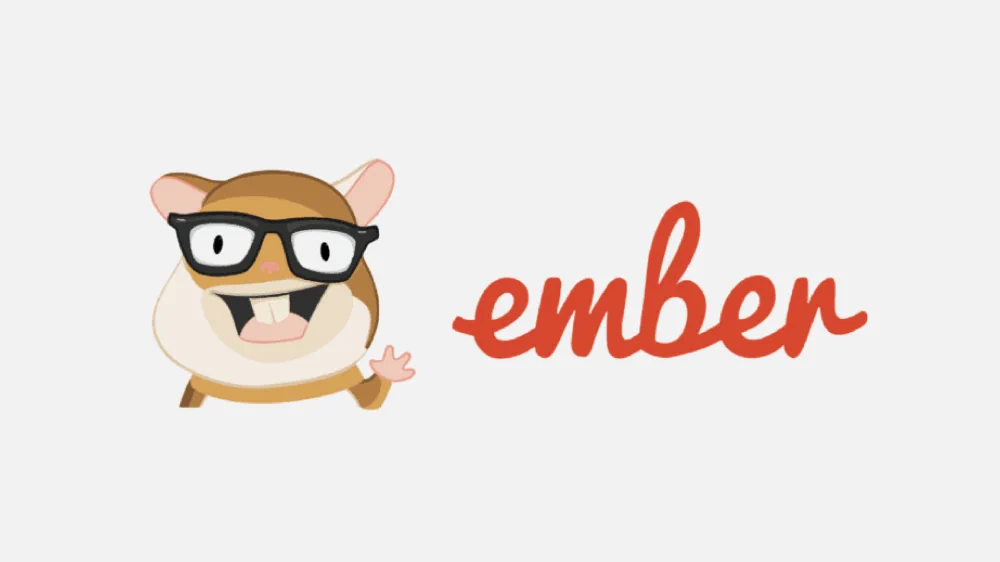
Ember.js follows the Model–View–View Model (MVVM) architecture and includes built-in tools like a powerful router, the Handlebars templating engine, and Ember Data for handling models and persistence. It also introduced a robust CLI early on, offering generators, build tools, and project scaffolding - all designed to reduce decision fatigue and enforce best practices. This framework emphasizes the principle of convention over configuration, which means it provides a set of best practices, sensible defaults, and built-in patterns that allow developers to focus on building features rather than dealing with extensive setup or configuration complexities.
The legacy of Ember.js continues to power the evolution of client-side JavaScript frameworks. Evidently, many concepts and practices introduced by Ember.js are now widespread in modern front-end development. Several later web development platforms and tools, such as Next.js, Nuxt.js, SvelteKit, Remix, and RedwoodJS, have drawn inspiration directly or conceptually from Ember.js.
Though its mainstream popularity has declined, Ember.js remains a favorite among engineering teams that value stability, strong conventions, and long-term maintainability. This classic framework is still in use in certain enterprise settings. Typically, Apple Music, among others, continues to rely on Ember under the hood.
Classic Back-End Development Frameworks
In short, back-end development frameworks carry the weight of building server-side application logic, such as data communication, user authentication, authorization, and security protocols. Let’s revisit some of the giants that shaped how the web works behind the scenes. These time-tested frameworks have introduced powerful patterns like MVC (Model-View-Controller), MVVM (Model-View-View Model), data binding, and component reusability, which paved the way for today’s sophisticated and robust web applications. They have set the standards that many of the concurrent frameworks follow.
Ruby on Rails
Introduced by David Heinemeier Hansson, Ruby on Rails, or often simply called Rails, is a full-stack web application framework built on the Ruby programming language. In 2004 when Rails was first launched, it became a major milestone in web development with its “convention over configuration” approach, DRY (Don’t Repeat Yourself), and rapid prototyping.
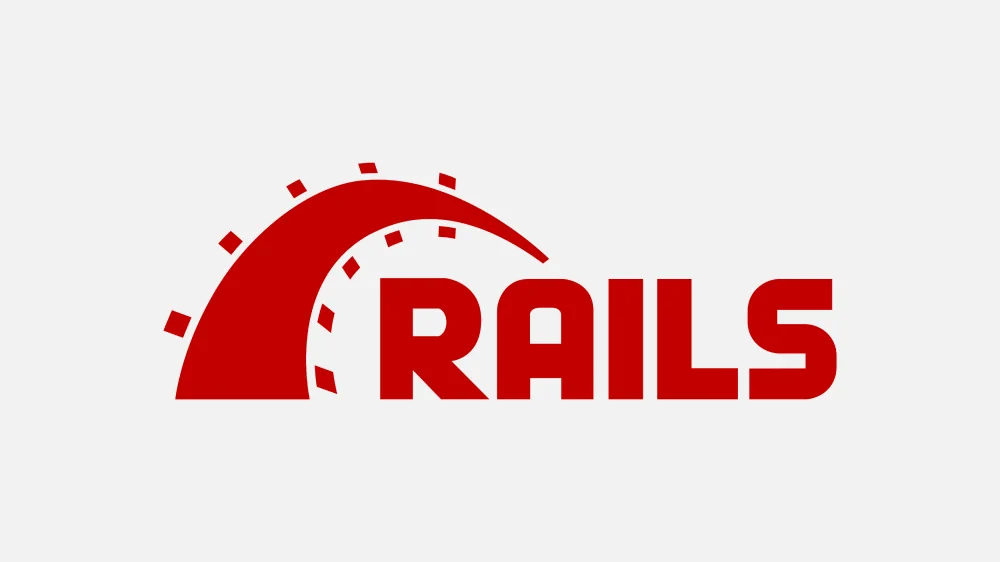
Rails introduced powerful scaffolding tools, such as RESTful routing and ActiveRecord for ORM (Object Relational Mapping), allowing web developers to build applications rapidly without repetitive tasks for setup. As Rails enforces clean code practices and embraces DRY principles, it is particularly suited for startups and MVPs. Its built-in testing environment and support for agile workflows made it a favorite for early-stage tech companies.
One of the classic frameworks we mentioned earlier - Ember.js - was heavily inspired by the philosophy and design principles of Ruby on Rails. And there are still more.
Ruby on Rails has earned its position in the lists of top web development frameworks. Although the hype has cooled down, Rails is still actively maintained, with a strong community and a reputation for reliability and developer happiness. This framework powers major platforms like GitHub, Shopify, Basecamp, and Kickstarter.
Django
Django is a high-level, open-source web development framework written in Python, first released in 2005. Designed to encourage rapid development and clean, pragmatic design, Django follows the Model–Template–View (MTV) architectural pattern, which is conceptually similar to MVC.
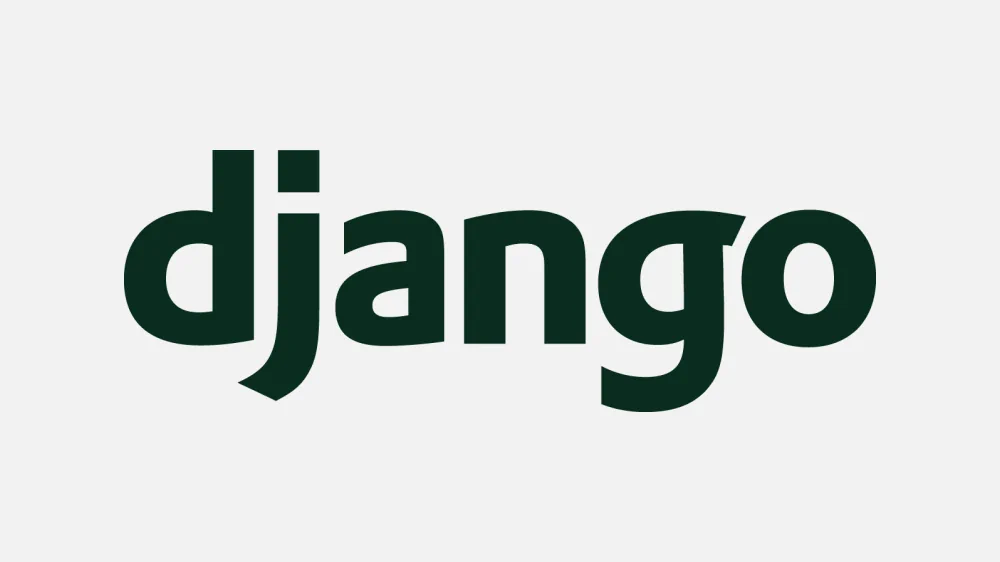
Django’s greatest strength lies in its “batteries-included” philosophy. It comes packed with built-in features like an ORM (Object-Relational Mapper), URL routing, authentication, admin panel, and form handling, all ready to use out of the box. This is ideal for developers who want to focus on building their application without reinventing the wheel.
The framework is known for its emphasis on security, providing built-in protection against common threats like SQL injection, CSRF, and XSS. Its strong documentation and active community have made it a favorite for both startups and large enterprises. Django is particularly well-suited for data-driven, content-heavy, or rapidly evolving applications, and it continues to be a leading choice for Python-based web development.
Django is trusted in building efficient web applications in highly regulated sectors like healthcare, education, and finance. Instagram and Pinterest are two renowned companies utilizing Django to power their websites.
ASP.NET MVC
Released in 2009, ASP.NET MVC is Microsoft’s structured server-side web application framework built on the .NET platform. ASP.NET MVC supports features like Razor templating, strong model binding and validation, clean routing, and testability through built-in support for dependency injection. The framework is tightly integrated with Visual Studio, offering excellent tooling and debugging capabilities.
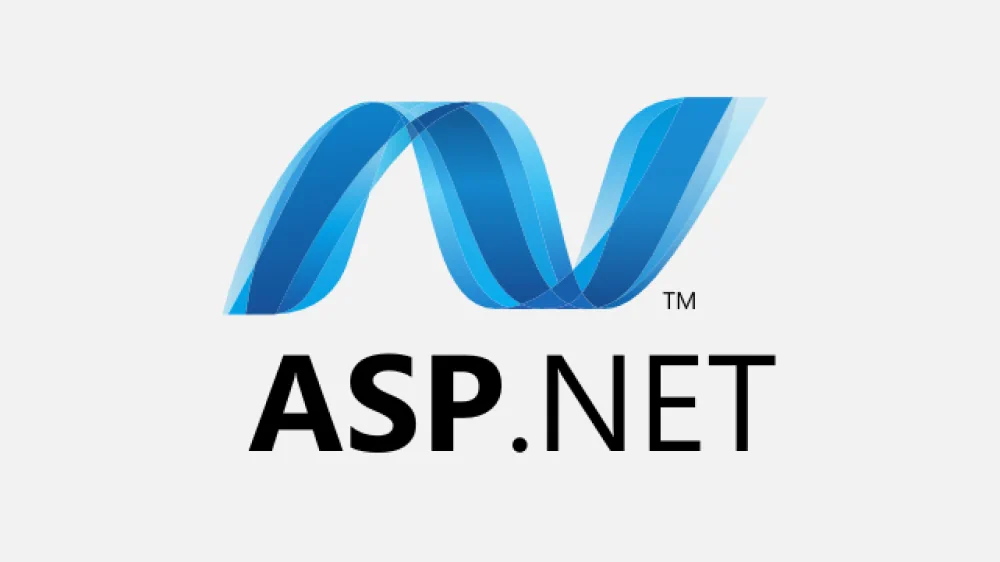
ASP.NET MVC marked a major shift from the older Web Forms model and aligned itself more closely with the web development practices influenced by frameworks like Ruby on Rails and Django. It laid the foundation for ASP.NET Core.
While ASP.NET Core is the modern evolution, classic ASP.NET MVC remains heavily used in corporate environments, particularly in industries like finance, healthcare, and government. For over a decade, it has helped bring Microsoft’s ecosystem in line with open-source and agile development practices. Therefore, it has become a defining technology for a generation of .NET developers.
Classic PHP Frameworks
PHP has long been a cornerstone of server-side development and a dominant force in web development since the early 2000s. Among PHP frameworks, CodeIgniter, Symfony, and the early versions of Laravel democratized web development - making it more accessible, faster to adopt, and easier to scale, even for developers who didn’t have deep formal training in computer science or access to enterprise-level tooling. Additionally, they laid the groundwork for many of today’s best practices in back-end architecture.
These classic frameworks contributed to shaping how PHP evolved from a loosely structured scripting language into a professional-grade tool for building scalable web applications. Each of them brought something transformative to the table: Simplicity, reusability, elegance, or enterprise-grade modularity. Even in an era of cloud-native stacks and JavaScript-dominated ecosystems, the influence of these frameworks remains unmistakable either through continued use in legacy and small-to-medium systems or through the architectural conventions they inspired across the broader development world.
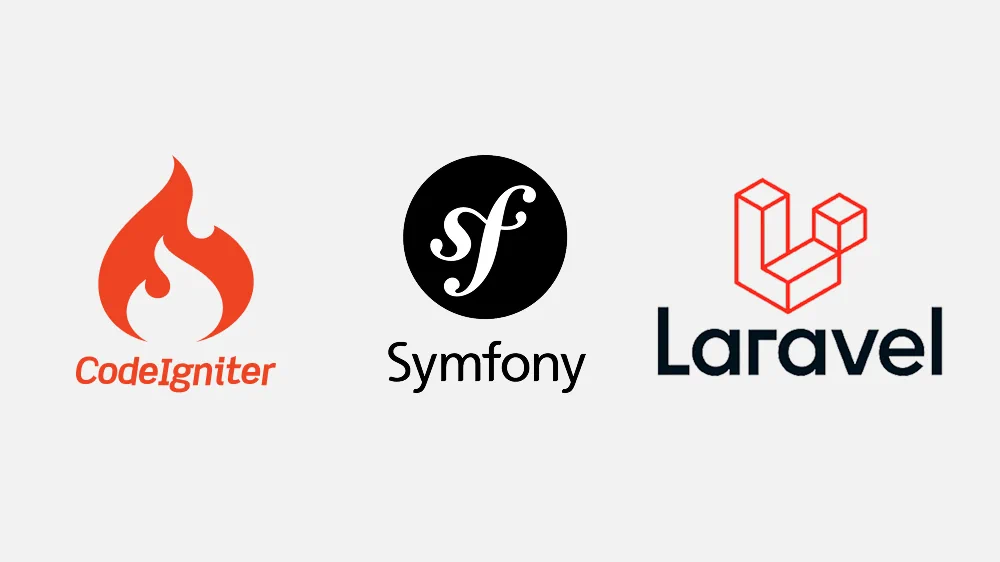
- CodeIgniter (Released in 2006): This is one of the earliest PHP frameworks that gained widespread popularity for its simplicity, speed, and minimal configuration. Released in 2006, CodeIgniter is a lightweight and fast framework. It enabled constructing web applications quickly without a steep learning curve. With its lightweight footprint and straightforward MVC architecture, CodeIgniter was made ideal for shared hosting environments and small-to-medium business websites, especially before Composer and modern dependency management became standard in PHP.
- Symfony (Released in 2005): A powerful, modular framework that introduced reusable components and a strong emphasis on enterprise-level application architecture. Symfony was instrumental in professional web development as it set modern standards for PHP frameworks by introducing and promoting best practices like dependency injection, configuration over convention, and testable code. Its component-based structure was what set it apart early on. Today, many PHP projects and frameworks (Laravel, Drupal, Magento, and TYPO3) rely on Symfony’s components.
- Laravel (Early Versions from 2011 to 2014): While Laravel has grown into a modern PHP framework, its early versions (3.x–4.x) are often seen as transitional classics. These blended simplicity with modern features that were ahead of their time in the PHP ecosystem. Laravel introduced an expressive and elegant syntax that prioritized developer experience and developer-friendly features like Eloquent ORM, Blade templating, routing, middleware support, and Artisan CLI. While newer versions of Laravel have evolved significantly, the foundation laid by its early releases played a major role in revitalizing PHP development and establishing Laravel as the dominant PHP framework it remains today.
Bottom Lines
As the web development landscape continues to evolve, it’s easy to get caught up in the latest tools, frameworks, and technologies. Beneath many of today’s cutting-edge web technologies lies a sturdy foundation built by the classics. Legacy or classic frameworks do not mean obsolete. They introduced patterns, philosophies, and practices that shaped how modern web solutions are built and maintained. The classic frameworks featured in this list are some of the typical ones that not only laid the groundwork for modern web development but also echo through the tools developers use today.
Understanding these frameworks is not about clinging to the past but about recognizing the roots of modern web development stacks. Also, it helps you gain a broader perspective, deeper insight, and stronger foundations to build the next generation of web applications.

At Orient Software, we carry the legacy forward and blend time-tested engineering practices and technologies with today’s most efficient frameworks to deliver tailored, scalable, and future-ready digital solutions. Our team of experts has hands-on experience with both classic and modern web development frameworks. Whether you are building web applications from scratch, modernizing legacy systems, or scaling existing platforms, we offer exactly what you need along with our dedicated development support to bring your vision to life.
Plus, Orient Software is a one-stop service provider that offers you a complete suite of custom software development services and tech staffing solutions. We have been empowering hundreds of successful projects, and yours will be our next goal. Hesitate no more. Tell us about your upcoming project. Let’s get to work.




